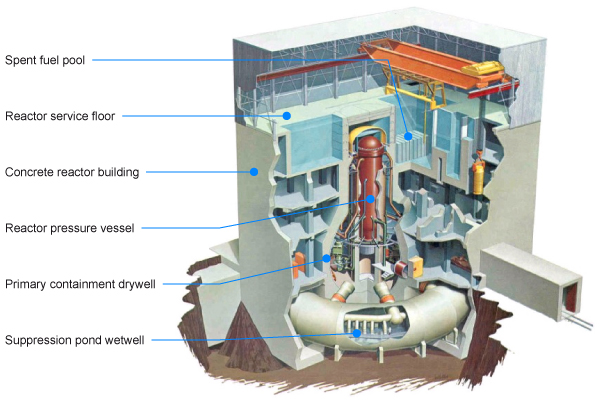Jorge Rodriguez, Mohammad Shafiezadeh, Mikio Minobe
After completing our electromagnet experiment, we found that our experiment ran very similarly too the way we expected it to. The difference in the results we observed throughout running our experiment with the other students in class was small and in most cases more beneficial for demonstrating what factors affect the strength of an electromagnet. We anticipated the pencil core to be the weakest magnet no matter how fully wrapped in magnetic wire it was and how much current we ran through it, and that is what happened when we ran the experiment. Furthermore, we expected the soft iron rod, fully wrapped in magnetic wire, to be the strongest, followed by the steel nails wrapped fully in magnetic wire and half wrapped. As we upped the current we ran through each magnet, the amount of paper clips each agent was able to pick up increased. Overall, our theoretical and sample data matched our observed data we gathered from running the experiment multiple times for our classmates.
All of the other students that went through our experiment seemed to be intrigued and curious about what went into making an electromagnet work and work well. Because Jorge was the man running the experiment for our classmates, he was able to pick up on their reactions and curiosities. We believe that because of the importance they have in the MIT nuclear reactor that we all got to see on our tour, our classmates were especially curious about how they really worked. Jorge noticed that they were intent on learning the basic concepts of the electromagnets and magnetic fields that we created with each magnet. In particular, he found that a lot of the students were wondering whether the relationship of current supplied and paperclips picked up was linear or exponential; as well as wondering why the magnets were safe to touch while a lethal amount of current was being run through them. This showed their overall interest in our project and allowed them to think and learn about what impacts an electromagnet.
In conducting this experiment we did encounter a few problem areas. One of the main ones was the amount of current we would be running through our magnets because of how dangerous higher amounts of current are. To fix that problem if we were to run our experiment again, we would simply wrap our magnets with even more magnetic wiring which would allow us to decrease the current supply, but still have an effective magnet. Another problem we faced was the size of our magnets. Because the surface area plays an influential role in how well a magnets works we found that we may have had magnets that were too small. If we were to set this up again, we would use more soft iron rods in order to duplicate the size of the steel nail magnets and demonstrate that a larger surface area increases the effectiveness of the magnet. A minor problem that we faced in setting our experiment up was the wrapping of our cores with the magnetic wiring. Because we used multiple nails and soft iron rods, it was difficult to wrap them in a consistent manner without having small spacings between some of the wrappings. Finally, we felt that a calculation section for the students to see a value for how well the magnets are working. This would show them how we can make a calculated estimation of how well the magnet would work before running the experiment.









